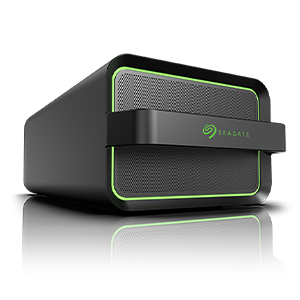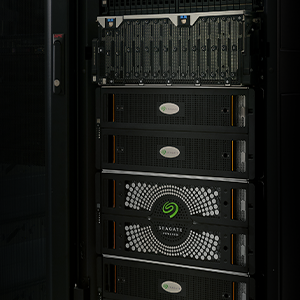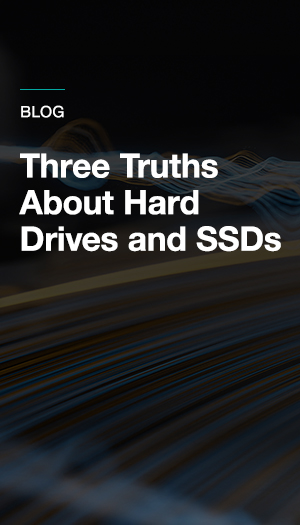LCA is a systematic process used to evaluate the environmental impacts associated with all stages of a product's life. Often termed as a ‘cradle-to-grave’ analysis, LCA covers raw material extraction, manufacturing, distribution, use, and end-of-life disposal or recycling.
The LCA framework.
The LCA framework Seagate is using is structured around four key phases, as outlined in ISO 14040 and ISO 14044:
- Goal and scope. Define the purpose, boundaries, and functional unit of the assessment.
- Life cycle inventory (LCI). Collect data on energy, water, and material inputs and outputs.
- Life cycle impact assessment (LCIA). Evaluate the potential environmental impacts based on the inventory data.
- Analyze results to draw meaningful conclusions and identify opportunities for improvement.
Significance of conducting an LCA.
Conducting an LCA helps organizations identify and quantify the environmental impacts of their products, promoting informed decision-making to reduce their environmental footprint and enhance sustainability.
Impact categories in LCA.
Seagate assess our products’ environmental impacts across several key categories relevant to storage products:
Global Warming: We assess our products’ global warming impacts across the 213 elementary flows ReCiPe characterizes as GHGs, including the seven GHGs specified in the Greenhouse Gas Protocol Product Standard. These gases are commonly converted into carbon-dioxide equivalent (CO2) to measure the global warming impacts of an activity. We do not assess emissions related to materials’ natural carbon cycle (biogenic CO2).
Human Toxicity: Evaluates the harmful effects of chemicals and heavy metals on human health, considering environmental persistence and accumulation in the food chain. Impacts are measured in Disability-Adjusted Life Years (DALY), representing health years lost due to disease or disability.
Water Consumption: Reflects the volume of freshwater (m3) withdrawn to support production activities, without considering water quality or regional scarcity.
Mineral Resource Scarcity: Quantifies the consumption of mineral resources, normalized to copper extraction (kg Cu equivalent).
Understanding these categories helps us grasp the broader environmental ramifications of product design, material selection, manufacturing processes, and end-of-life options. Although our analysis encompasses 18 impact areas, our sustainability reports concentrate on the previously mentioned categories, as these are of greatest importance to our stakeholders.












